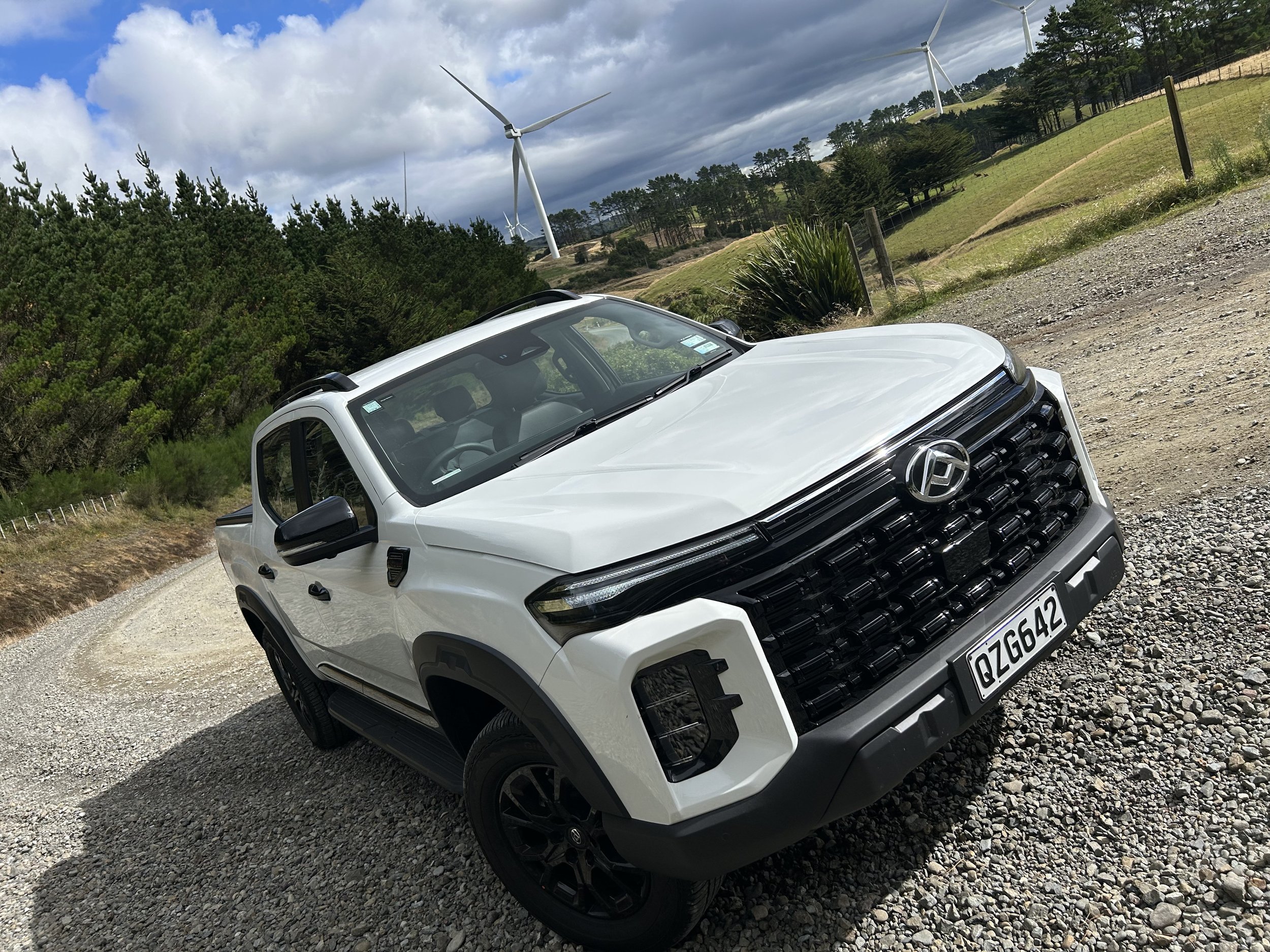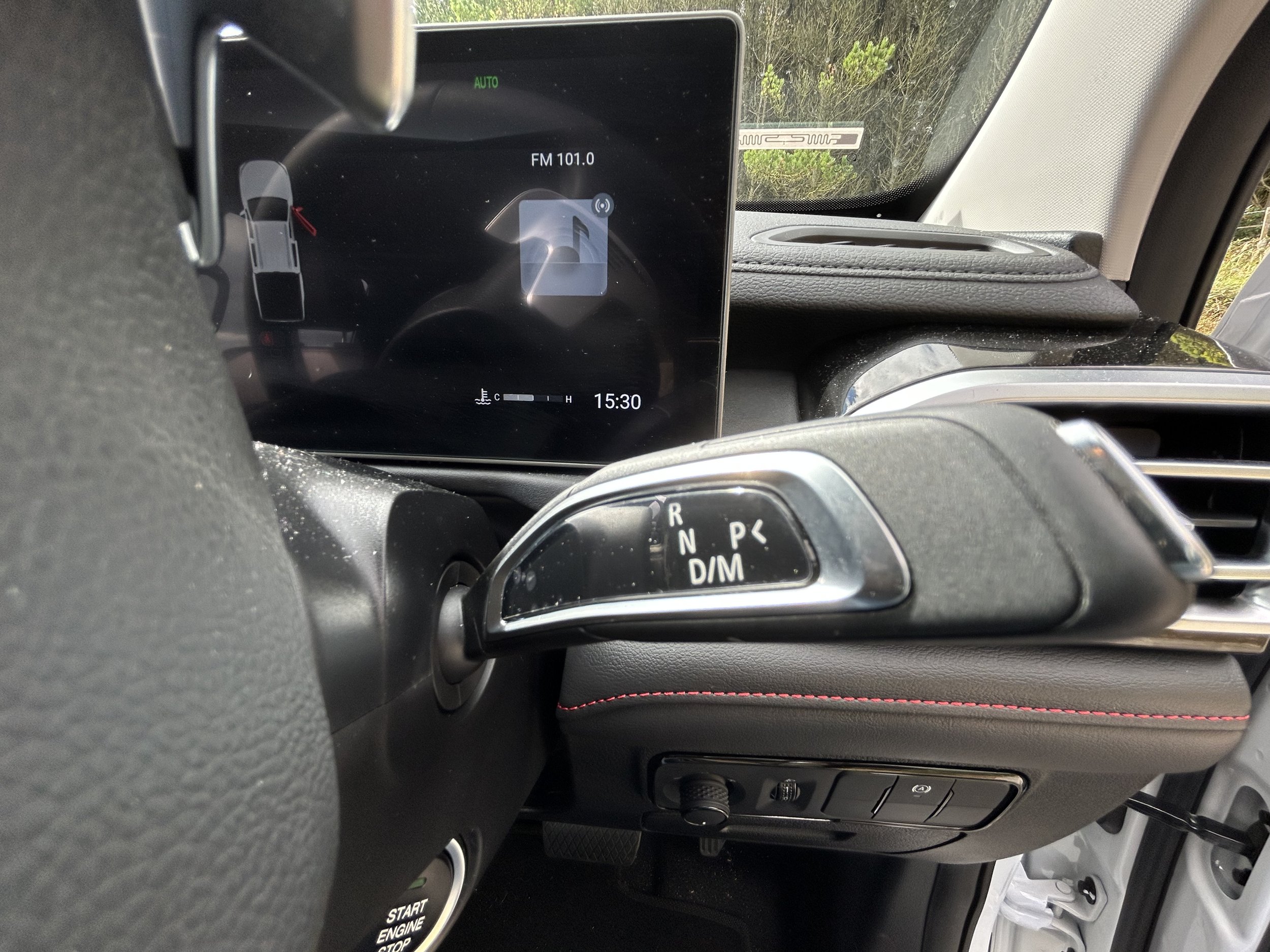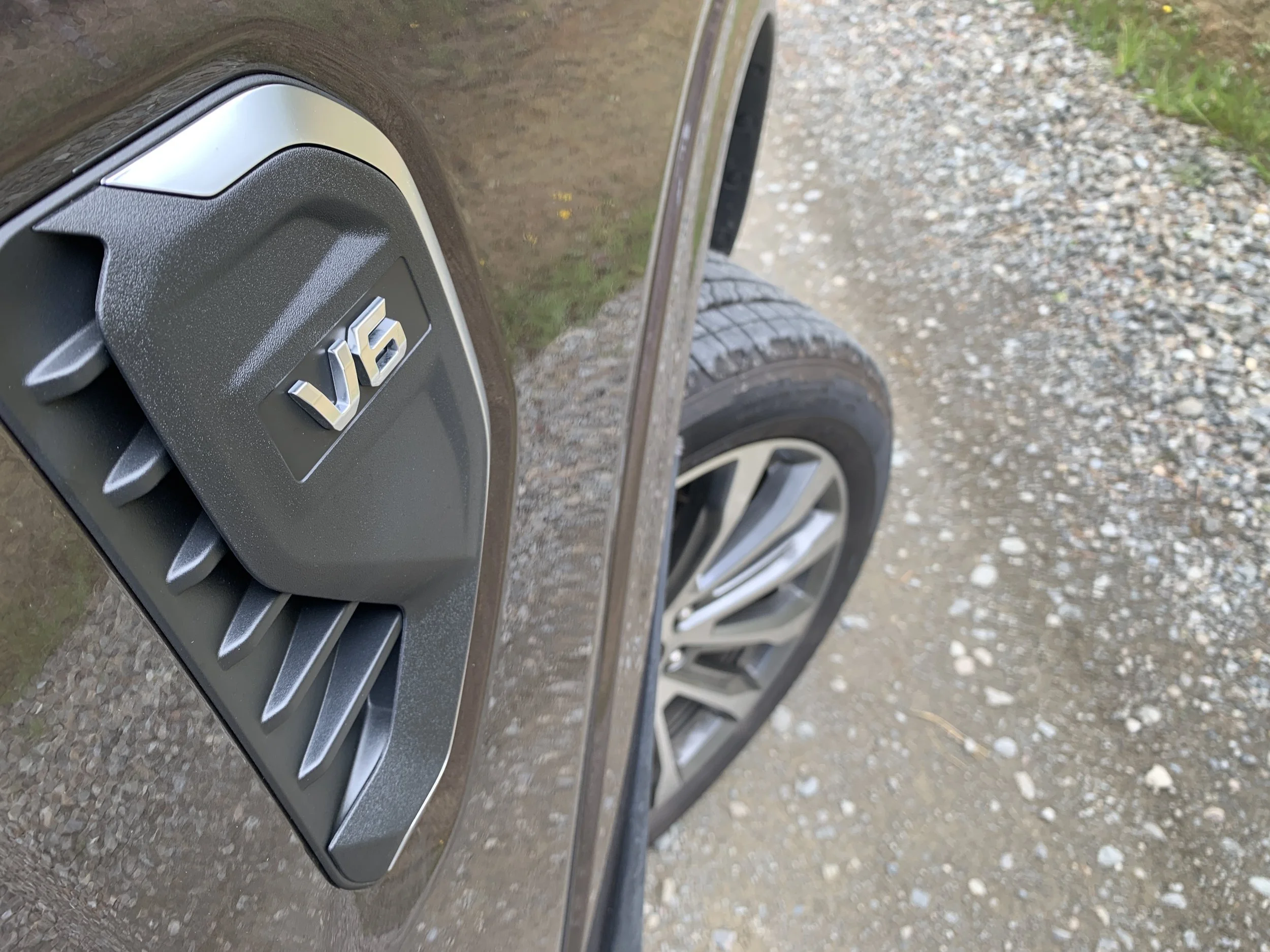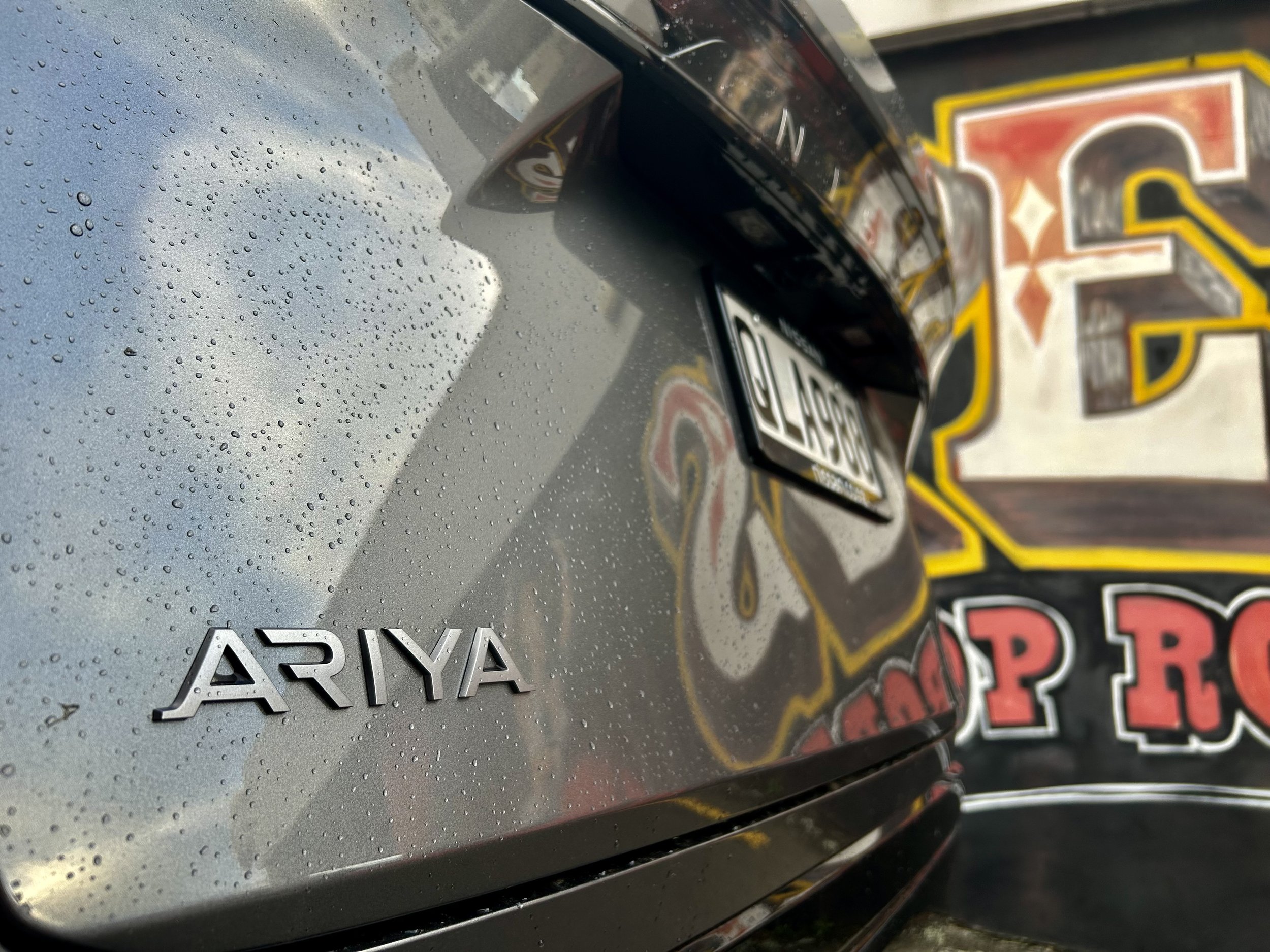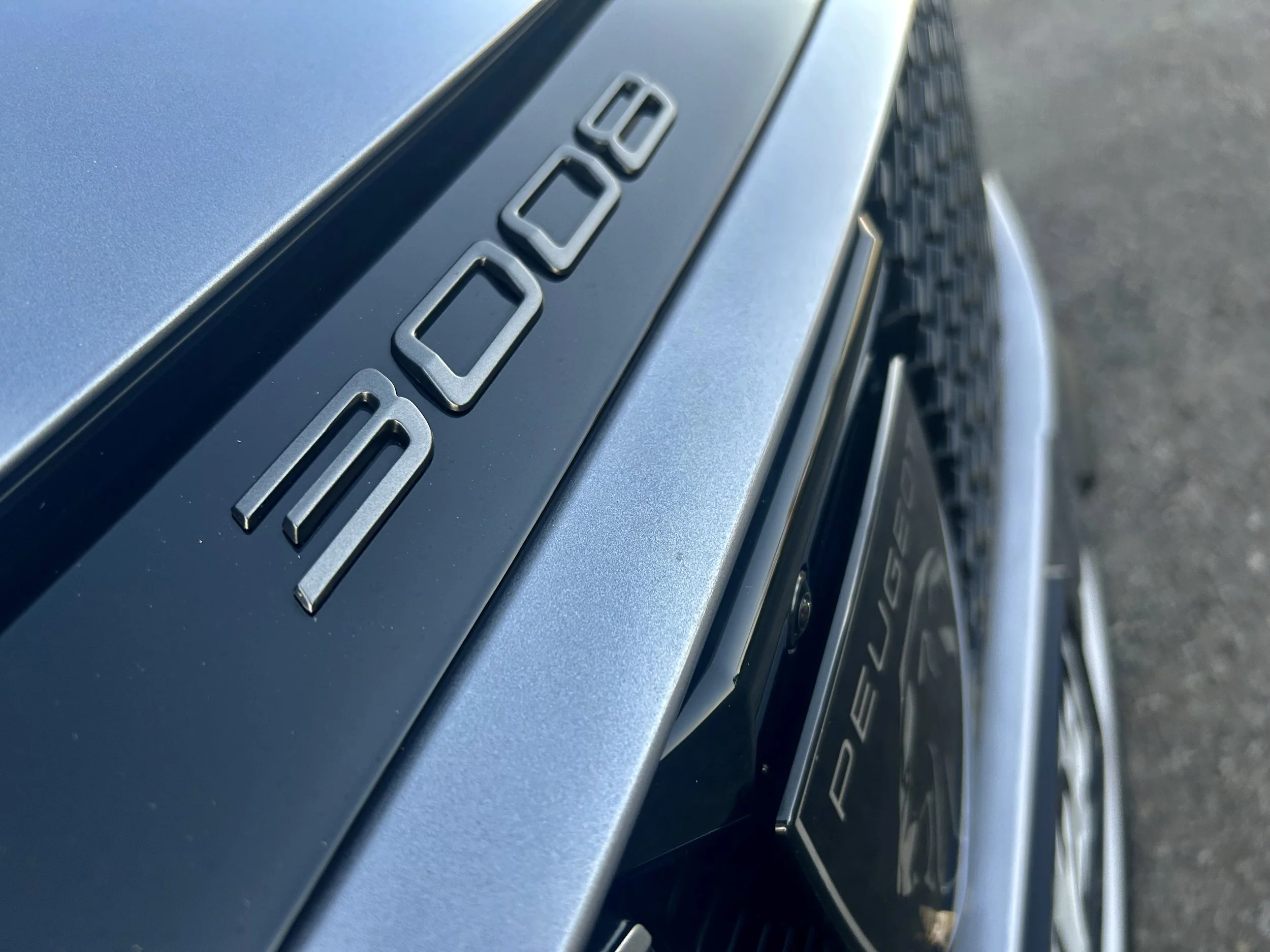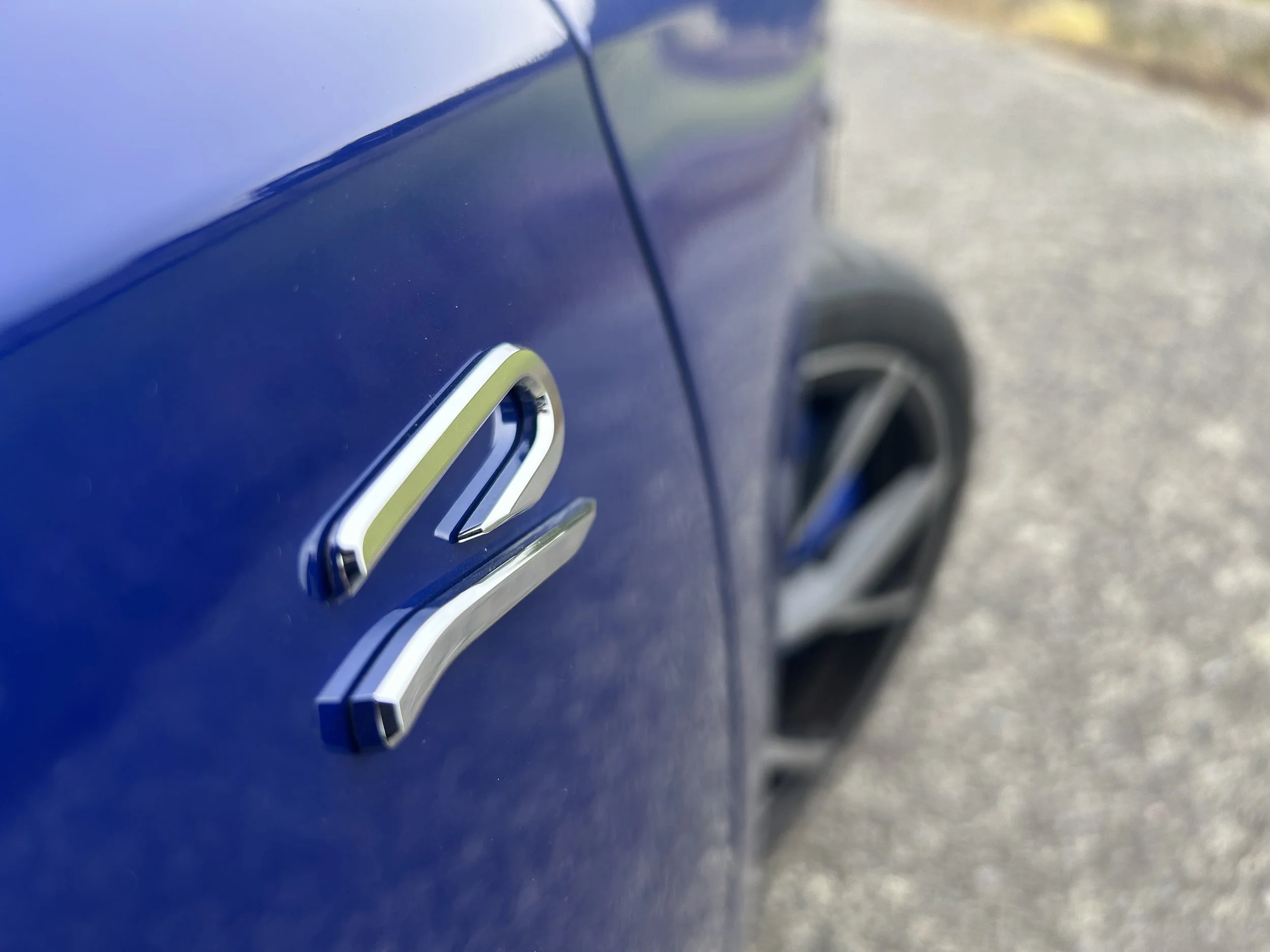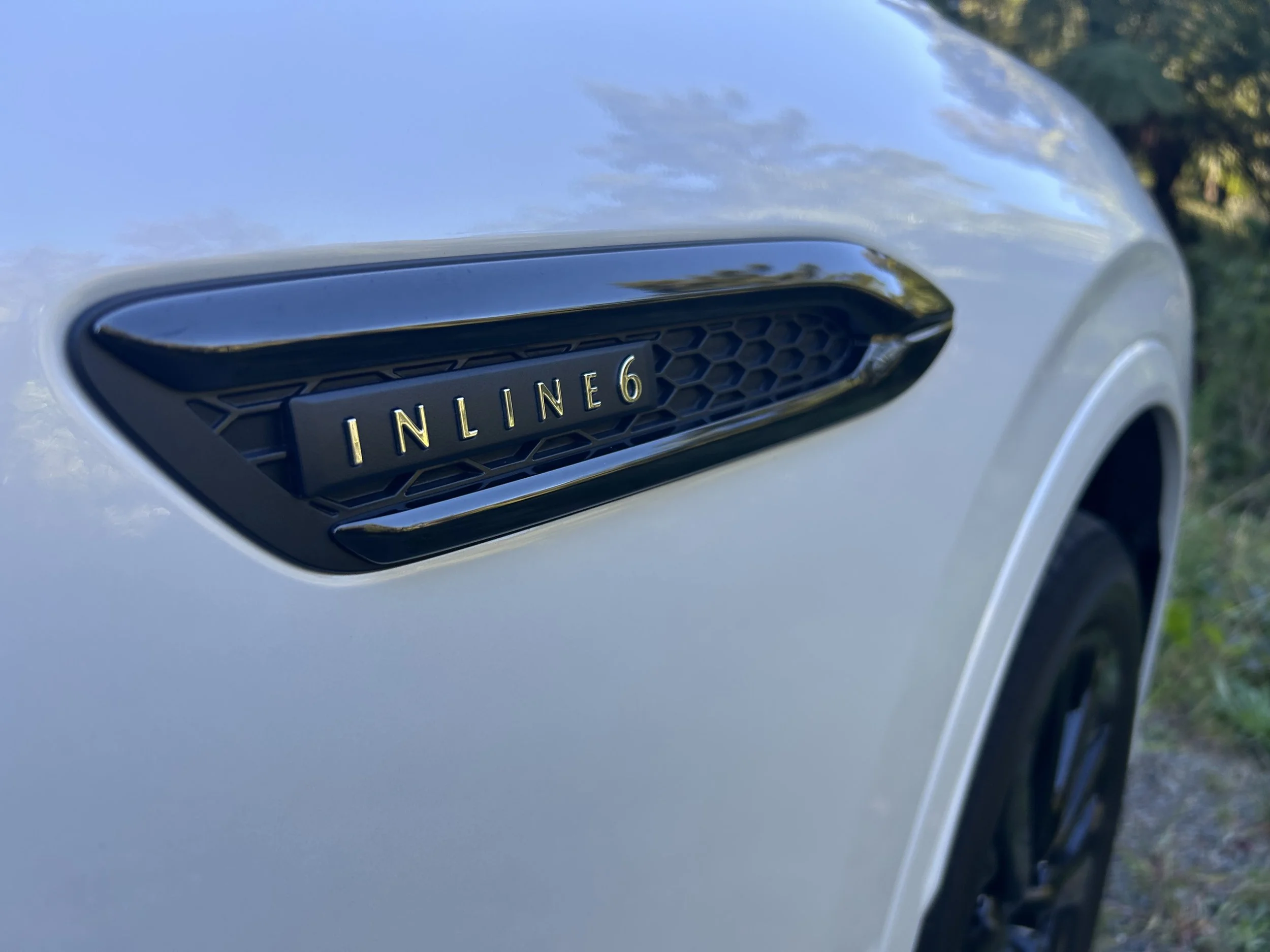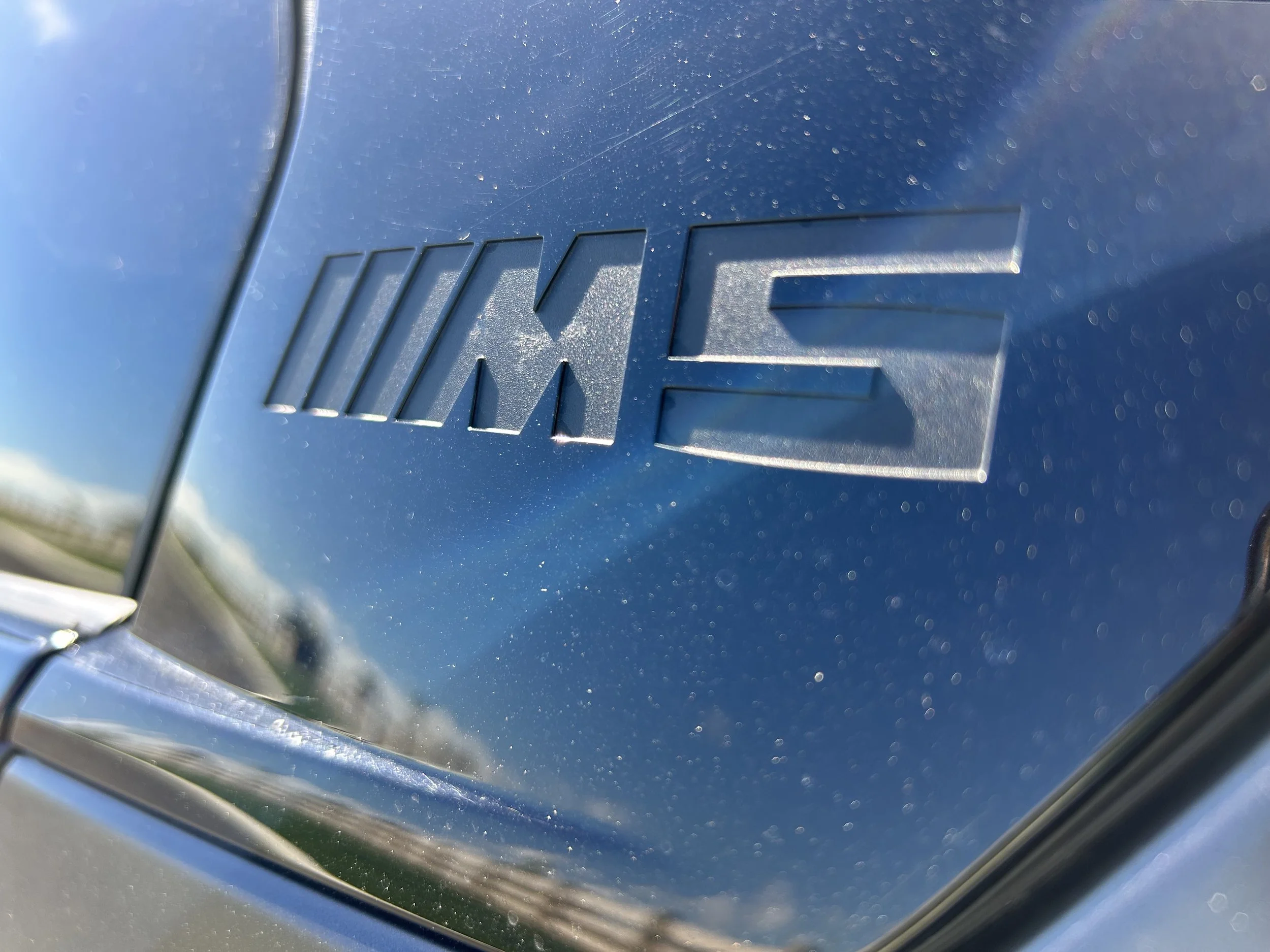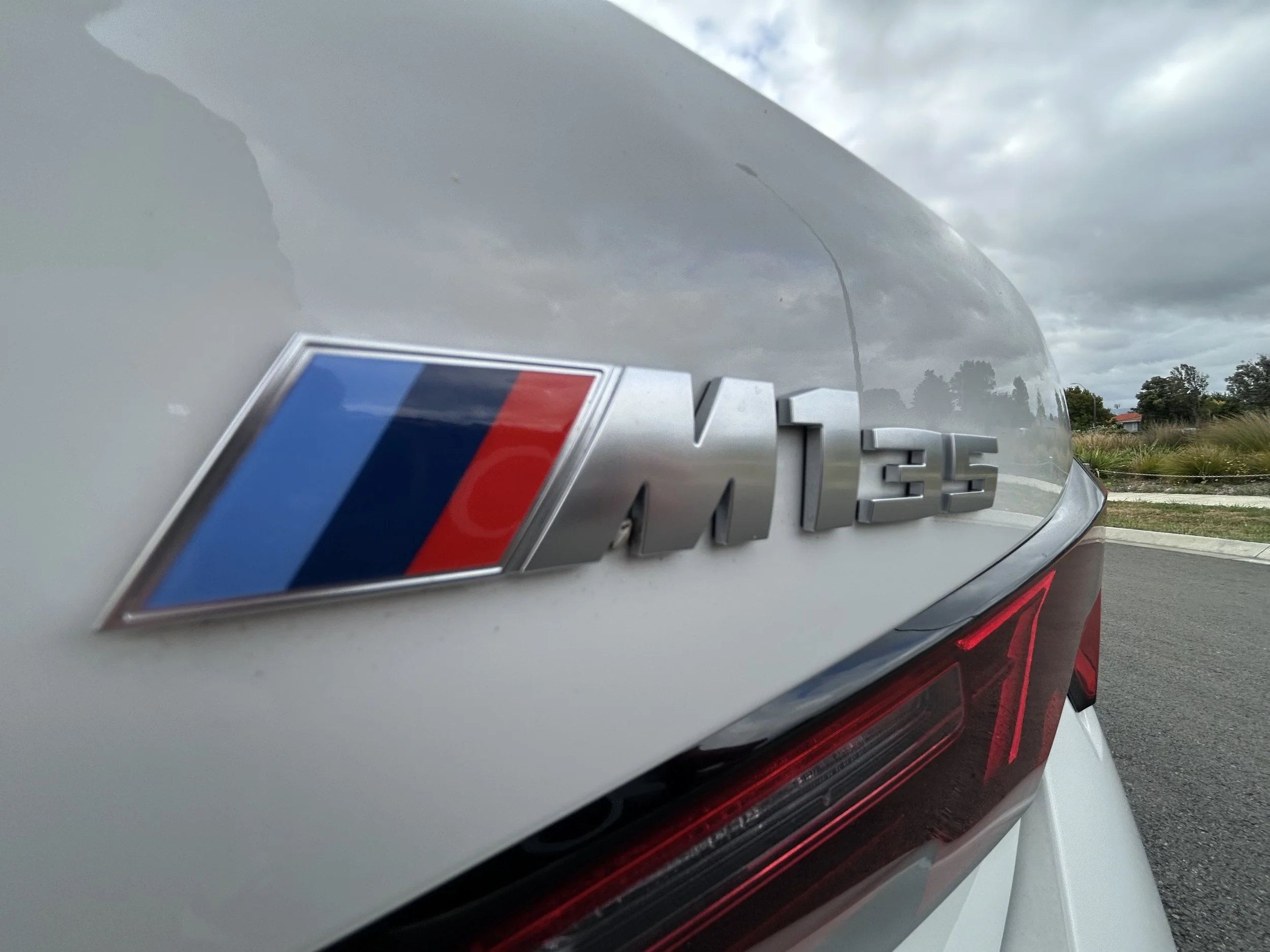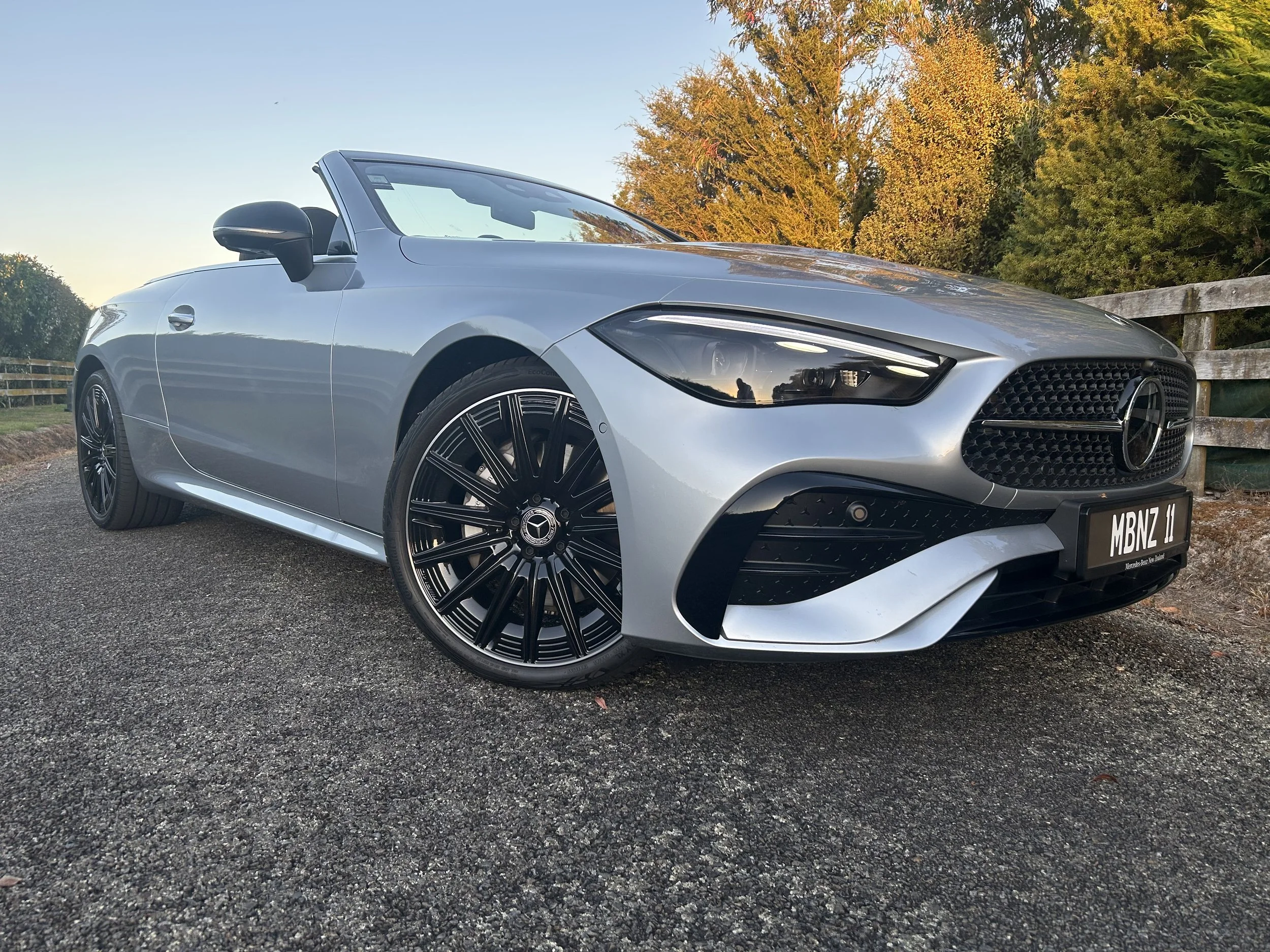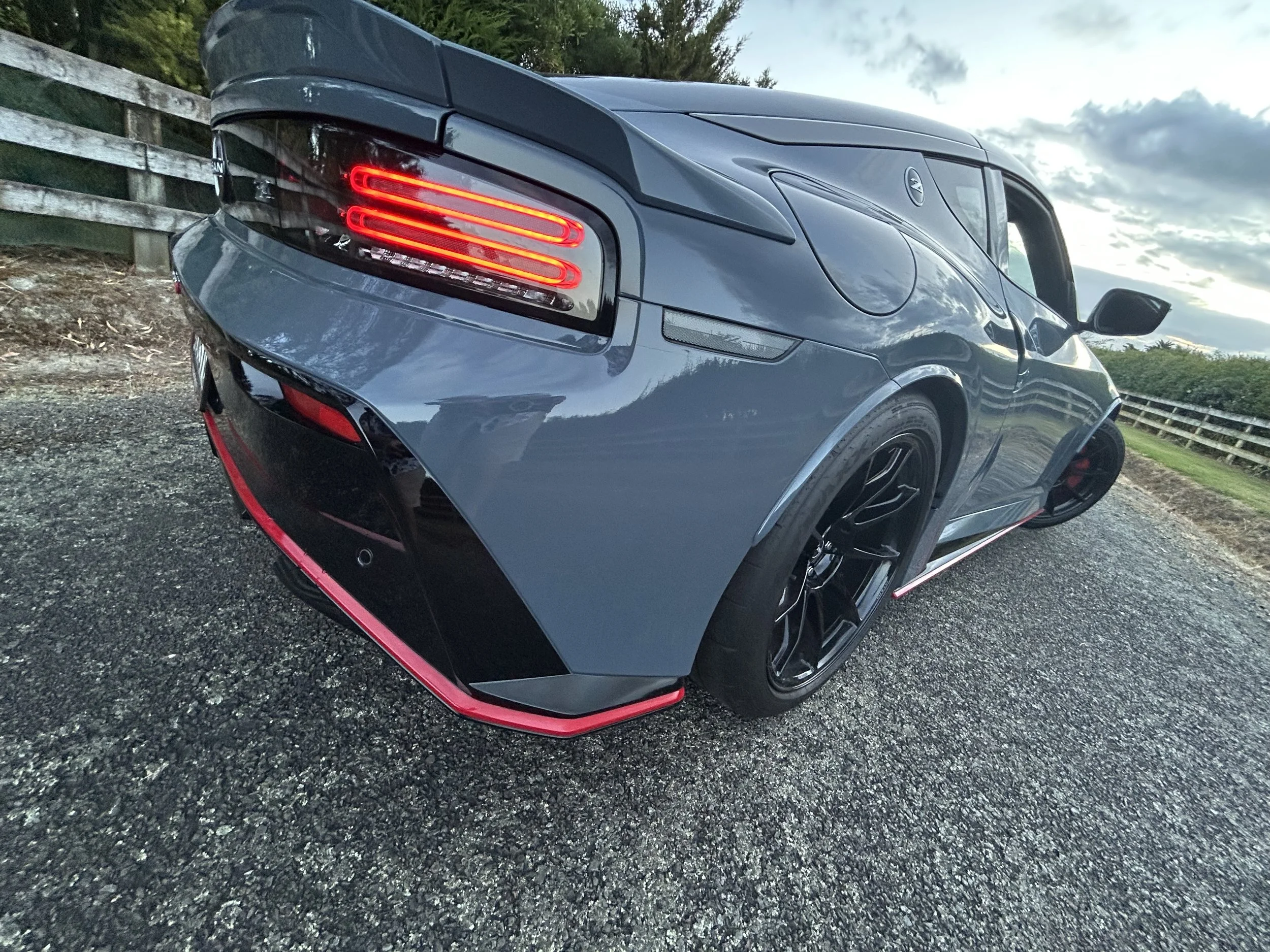LDV T60 Max Plus road test review: Family hero still a follower
/The oldest ute from a Chinese brand is better off for this flash update, but …
Price: $55,990.
Powertrain: 2.0-litre four-cylinder biturbo diesel, 160kW, 500Nm, eight speed automatic.
How big: 5395mm long, 2145mm wide (mirrors extended), 1819mm tall.
We like: Strong specification for spend; fulfils primary functions; not a big spend.
Not so much: As much as there’s nothing to absolutely undermine its potential to get the job done on-road or off, it doesn’t fully match the established segment heavyweights.
TIME when buying a double cab ute for work and play can be a simple, single Saturday morning ‘done ’n dusted’ exercise is surely long gone?
At least, that’ll seem the case to anyone who has the smarts to take the time to consider everything that is out there.
That’s because ‘everything’ means a lot of choices, with more seemingly set to land before year-end.
How much chance those fresh options have of breaking old habits will be interesting. Clearly, there are two main contenders in the market; one that dominated the sector for decades, another that took command 10 years ago and promptly punted the previous barometer brand down a spot. Today the now dominant Ford Ranger and still solidly second Toyota Hilux achieve up to half of all sales.
Still, if neither of those are on the wishlist, then so much more comes under the spotlight: Several more choices from Japan and an impending arrival, Kia Tasman, from South Korea are outnumbered by an increasing counts of considerations out of China.
In ute-dom, as in the passenger categories, Chinese makes are clearly working on being hyperactive disrupters; every one of them seeking to show themselves as the best at delivering more for less, increasingly also with a technology edge, to point of already having the first full-electric tray deck here.
That came from LDV, with the T60 that has worked the sector for years, with successes and challenges. Proving itself as worthy of Kiwi consideration hasn’t been easy; quality issues are a burden for many Chinese newcomers and LDV has had it’s ups and downs to say the least.
Still, its perseverance has like prompted other rivals from the world’s largest car producing nation to come here and try their luck with this genre and, in face of pressure from those, LDV has upped its game, an emboldened warranty and assurance of better product integrity from now on.
On top of that comes a big change for the T60. A revised exterior design, upgraded interior, added safety tech (autonomous emergency braking and adaptive cruise control are fresh) and new coil-spring rear suspension are hallmarks of the new addition Max Plus that, in time, will share to the carryover and cheaper $49,990 Lux and $46,990 Elite variants Kiwis are already familiar with.
Revamp or rebirth? The Max Plus loading obviously adds much-needed freshness to a design in its eighth year, so older than any other ute from China. T60 seems likely to stay around for several more years, regardless that LDV is about to add in a bigger, properly brand-new utility.
If you don’t know much about Terron 9 yet, you soon will. This will deliver in diesel, as T60 does, but with a larger engine and will also alternately become the make’s new electric-powered tray deck choice, in place of the current e-T60.
In the meantime, effort is being put into promoting T60 Max Plus as a friendly and highly fulfilling choice for budget-constrained buyers shopping within the more affordable end of the dual-cab segment.
It’s a sweet spot to be, but not one LDV holds sole dibs on. Within Sino-centric circles, the JAC T9 and GWM Cannon are lurking, and circling both - at least while it stays at special pricing - is the GLX-R edition of Japan’s most aggressive disrupter, the Mitsubishi Triton.
In isolation, the Max Plus stands out as the best version of T60 here. It looks smart, the shift from leaf sprung to independent coil rear suspension enhances the ride - not to car standard, of course, because it still has to cope with heavy loads - and the eight-speed automatic is decent.
The interior has some nice-looking materials and is roomy, is pretty well-equipped and the tray behind is of generous and thoughtful dimension.
Does it feel fully modern? No, not really. There’s no escaping the T60 has been around a while and sense that, when created, LDV’s considerations about some fundamentals were different.
By and large, the Max plus goes, handles and stops in a manner that isn’t out of keeping with most dual-cab utes. There’s sufficient articulation in urban running and has confident responses to directional changes.
Yet as much as there’s nothing to absolutely undermine its potential to get the job done on-road or off, it doesn’t fully match the established segment heavyweights. Steering feel precision could be better, braking responses are measured and NVH properties are not class-leading. In fit, finish and refinement, it’s less polished than the best; and that as much is anything else is probably why it sits a lot lower than them on price.
Also weighing is perception of its overall integrity. A tricky one, that. As much as this presentation is indicative that effort to add extra polish isn’t just smart marketing spiel, and that it stands as a decent and good-value alternative work truck that does a fair job of hiding its utilitarian roots, proof of absolute durability and robustness is a test of time for any Chinese ute. LDV is arguably still working through that process. Front and central to lifting ownership peace of mind is the new, more generous warranty.
A ladder frame chassis and decent ground clearance of 215mm and honest approach, ramp-over and departure angles of 27, 21.3 and 24.2 degrees respectively, plus a maximum wading depth of 550mm are good credentials.
Who will buy? As much as LDV is putting in a lot of effort to sell it as a working truck, the look, inside and out, is nonetheless patently aiming at consumers with an eye to ‘lifestyle’ opportunity.
Aesthetically, the Max Plus looks smartly upmarket. It has a different front end design that sets it apart from the other models in the range, and on the inside it is a vastly more impressive cabin with a pair of big screens and new controls.
There’s more wow factor with the big grille, front bumper, new side mirrors with auto folding and heating all being finished in black. As are the door handles, side trims, wheel arch claddings and roof rails.
The emboldened front-end styling also includes LED daytime running lights, LED headlights and it runs on stylish 18-inch wheels. All this, and when in the striking bronzed gold of this one, the Max Plus has the the same kerbside attitude of those flash utes others ask $80k and more for.
In respect to interior execution and equipment fit out, T60’s commercial underpinnings are reasonably well muted with soft-touch surfaces, fancy plastics trim, leather and leather-like coverings, contrast stitching and the instrumentation.
Keyless entry and push-button start, auto wipers, auto lights with auto high-beam, front and rear parking sensors and a surround-view camera are included, so too seat heating and a heated steering wheel.
Straight away, there are several quirks to tackle. Utes generally offer high and commanding driving positions. In adding in a rare treat of a electrically adjusted seat, LDV has unfortunately created an issue for anyone tall.
While the seat shape is decent, the base height was a couple of centimetres too high for my 1.8 metre self; I had to reconcile with the rear vision mirror not adjusting downward quite far enough to afford a clear view out the back unless I stooped.
The steering wheel having tilt but not reach adjustment also raised an issue; when I got that and the seat to best possible accomodation, the steering wheel rim hid the speedometer reading.
What doesn’t help is that, as much as graphics and animations within the driver cluster are classy in their look, the displays are modest in size and quirky in positioning. That includes the speedo. Why display that reading to the left of the screen area when surely front and centre is a better position? Instead that primary zone is reserved to show the lane keep and following distance warning graphics; which tend to be occasional. Otherwise its a dark area. Even with all those functions, the entire dash screen smacks of being less feature rich as some others out there.
The reliance on a touch screen for a diversity of functions is common now. LDV is in concert in eschewing almost all switches and knobs for screen prompts, but maybe it could have pulled back a touch.
The touchscreen has more than menus to toggle climate controls, audio and trip computer functions. There are others to more finely configure safety inclusions, driving modes and other vehicle adjustments, including steering weight. Even the light and wiper controls, despite the fundamentals of these being are on a wand on the left side of the steering column that also caters to the windscreen washer and indicator functions.
It’s not overwhelming, but it isn’t simple either. One irk is that some prompts seemed to require several stabs before they reacted. As much as that I appreciate that the headlights and wipers will seamlessly self-trigger when sensors determine necessity, and that the auto high/low beam reactions were fine, it seemed a faff to still need to use the screen and navigate to sub-menus to completely turn off the lights and to set a specific wiper speed. There’s much that could lead to potential for prolonged diversion when driving.
A big change specific to Max Plus is the gear selection protocol. Other T60 types have a orthodox gear shift lever on the console base. This one removes that in favour of a column-stalk selector.
It takes a little bit of getting used to - when going into Drive, you need to make it a short push, else it’ll go into the ‘manual’ mode that’ll hold it in a low gear, even when the engine is screaming - but the functionality is simple enough and there’s the bonus of more storage options, including a secret storage nook below the removable cupholders ideal for smaller valuables. In this you’ll also find a couple of charging points.
The technology inclusion allows phones to now link up wirelessly as an alternate to wired and they engage very smartly. But it also delivers an outside temperature gauge, which, on this vehicle, seemed out of touch with reality; registering a unfeasibly hot temperature on a cool day and an unfathomable cool reading for a warm period.
The cabin itself is roomy and, though it is like most utes in delivering a rather upright seat in the second row, there’s good head and legroom. Plus rear-seat passengers might welcome being afforded a good view ahead thanks to the bench being set slightly higher than the front, to deliver a stadium-style effect.
There’s a small transmission tunnel intrusion between the back seats, but you can fit three adults across the back. Plus, there are ISOFIX points in the window seats, and dedicated outboard top-tether points.
Rear riders get directional air-vents, a single USB-A charging point, map pockets in the seatbacks, a fold-down armrest with cupholders, and bottle holders in the doors. You can also fold up the base of the bench seat for extra dry storage.
A generous level of standard safety and assistance equipment is welcome, with autonomous emergency braking and adaptive cruise control now adding to a package that also offers six airbags, emergency brake assist, electronic brake-force distribution, hill descent control, hill start assist, stability and traction control, and an on-demand locking rear differential.
Rear parking sensors and a reversing camera and a fatigue- reminder function also provision. When new, T60 achieved a five star result with ANCAP. Now, because of its age, that safety score has been retired. To revive the score will require a new round of testing, under protocols that have become more stringent.
Notwithstanding this make’s electric endeavours, there’s good reason why utes are almost universally diesel-powered; this fuel and engine type simply still makes the most sense for the vast majority of users.
The Max Plus remains powered by the same 2.0-litre twin-turbo diesel as the other T60 choices, offering respectable outputs for the double cab clan.
Regardless of the on-paper acumen, don’t expect segment-beating on-road performance. LDV says it has remapped the engine software “to ensure a more linear delivery of that power”, yet with this example, a bit of lag made judging clean getaways from intersections a bit of a trick. Also noted was that, until warmed up, engine surge occasioned. This is also among the more vocal diesel choices when cold and under load, though it quietens down on a steady throttle.
Still, it doesn’t feel strained - at 100kmh in top (eighth) gear, the engine is spinning at a relaxed 1800rpm - and the most important strength of low-end to mid-range torque is delivered handsomely. The official combined cycle fuel consumption is slightly lower than for the cheaper models.
Four-wheel drive is standard, with 2H high-range rear-wheel drive, 4H high-range, 4L low-range, and an Auto mode designed to apportion grunt where it’s needed most.
Though rear suspension considerations seem to imping on the deck loading limit being a light-ish 830kg, this ute still offers a comparable work ethic to its key rivals despite being rated to tow 3000kgs, so 500kg shy of the category standard. It was untroubled toting my MX-5 race car around on its single axle trailer.
At 5395mm long, the Max Plus is 30mm longer than models lower down the range and 10mm taller (at 1819mm). Width carries over at 2145mm with mirrors extended or 1900mm with mirrors folded. The measure of a ute is the size and cargo loading capacity of its tub; with Max Plus you get a space 1485mm long, 1510mm wide (1131mm between the wheel arches) and with a tailgate opening of 1430mm.
The inside of the tub is finished with spray-on liner, adding some protection, and you get a sliding metal cover that locks into the tailgate, which is also key secured (but not connected to central locking).
LDV’s tie-down point provision runs to just four basic-looking anchors. There those looking for lights or an additional power outlet will be disappointed. Take care, also, when opening the tailgate - it’s very heavy. These aspects might also stand as examples of how more fine-tuning is required before the model could be regarded a true rival for the best in the segment.
As much as some aspects of the driving experience lack the level of refinement we’re now experiencing in other utes from there big performers, it does a good enough job and the rear suspension change evidences positively, not just in general driving but also beyond the seal.
While a full-out off-road adventure wasn’t undertaken, it did spend time paddocks and across rocky terrain and seemed capable enough. One aspect that showed was a calmness on gravel roads, where it was perceived to deliver a stronger level of unruffled aptitude and adhesion and than the leaf sprung types out there. Rural buyers are likely to appreciate that.
Given how long the T60 has already been around, the Max Plus is likely to be as good as it gets for that type.
Even so, the speed at which all China’s automotive involvers are closing the gap on their toughest acknowledged rivals is now beyond dispute. Even though it will deliver in a supplementary role rather than as a replacement, it could well be the Terron will instantly present as a big step forward on what we have now.

